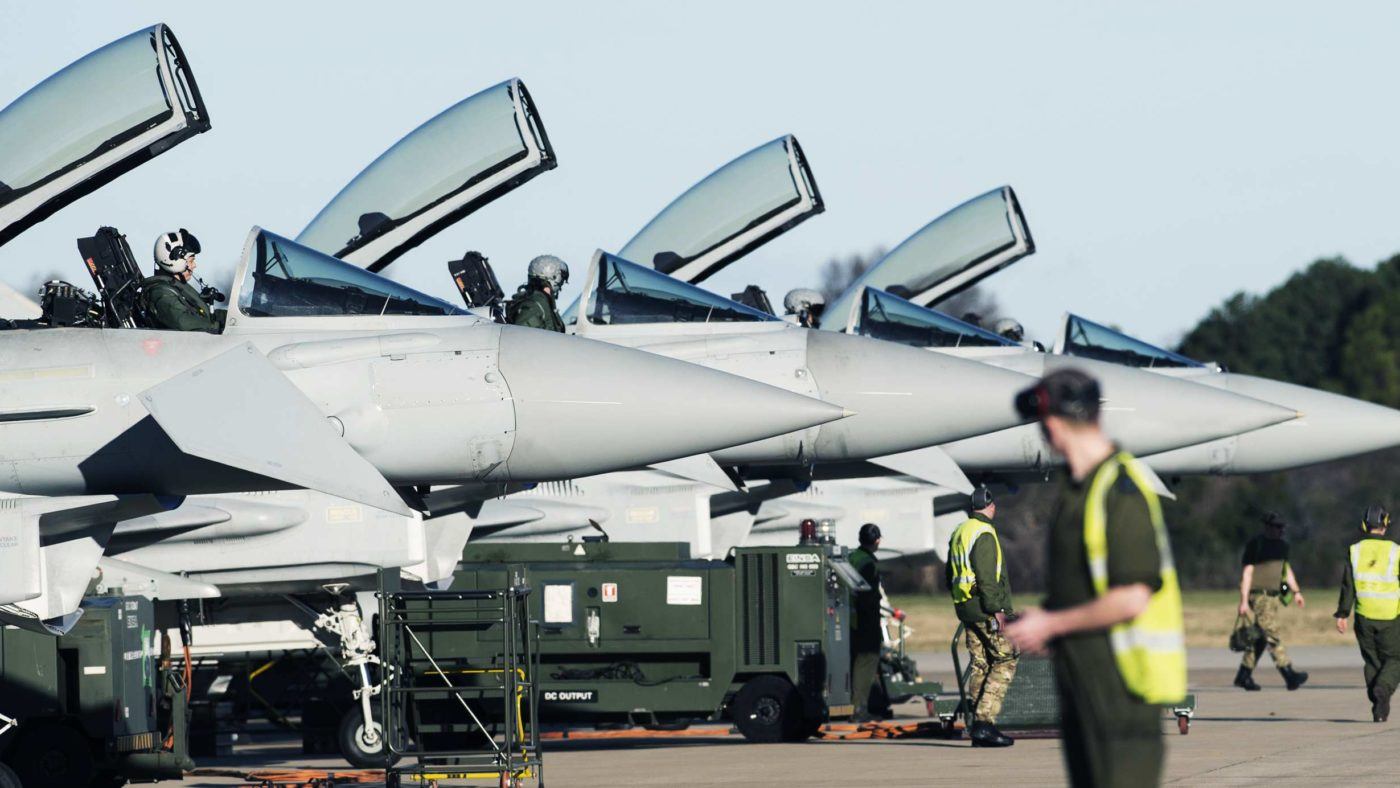The American armed forces are some of the most advanced in the world. Not only is it the best funded (US spending is more than the next 10 highest countries combined) it attracts some of the brightest and best minds.
Calculated, globally-aware, forward planning is part of the day job for top defence strategists. That’s why last week’s study, warning that coastal military bases are likely to be swamped with floodwater in the next 30 years, won’t have come as a surprise. The report by the Union of Concerned Scientists, found that by 2050 half of the 18 military installations analysed along the American East and Gulf coasts would experience 270 flood events a year, up from 10 a year today. The bases, from New Hampshire to Florida, will suffer because of the dual threat of rising sea levels and hurricane storm surges.
The national security risk of having bases knocked out is obvious. And since it is the armed forces that are often deployed to help in the event of a flooding disaster, such occurrences would also significantly hamper its ability to respond in other flood-hit areas.
Although this research was a wake-up call to many, it was less of a surprise to the defence chiefs themselves. Many bases are already getting ready for the impending deluge. Langley Air Force Base, home to America’s Lockheed Martin F-22 Raptors, is only seven feet above sea level. It is constructing a shoreline seawall and door dams as well as a pump system to remove flood water. As General Ron Keys said: “It doesn’t have to rise eight feet. It only has to rise a couple of inches, and a good nor’easter pulls in, and all of a sudden we’re under water.” Elsewhere, the Dam Neck Annex in Virginia has built a mile-long, rock-core dune to protect the main part of the installation from storm surge.
However their attempts have been actively obstructed by Congress which last month voted to block the Defence Department from spending money on its own climate preparedness plan.
But at least Congress hasn’t been able to stop the forward thinking military from seizing the opportunity of modernising their energy procurement. Not only are they investing hugely in R&D for the renewable technologies of the future, they are also pouring funds into deploying existing renewable energy because they know it gives them an advantage. Last year the largest purchase of renewable energy ever made by a federal entity was sealed by the US Navy. This construction of a 210 megawatt solar facility in Arizona will not only ensure energy security for 14 naval installations, it will also save the Navy $90 million in energy costs and reduce the carbon impact which contributes to the coastal flooding threat. The US Navy is one of the world’s largest energy users, so any steps it can take to reduce its bills and secure its supplies is a strategic no-brainer.
By 2020 the US Navy is on track to produce enough electricity to supply half of the energy needs for all its domestic military bases. Even more cutting-edge investments in military technology – planes, drones and automobiles – are also reducing emissions and using new fuels.
The Pentagon’s investment in renewables is also driving down costs for the civilian industry and reducing the need for coal and gas power stations. “We’re in the middle of a perfect storm – a perfect, positive, sunlit storm,” said Dennis Graham, the Navy’s Assistant Secretary for Energy, Installations and Environment. He was speaking ahead of the construction of a solar farm on a Naval submarine base in Jacksonville. The solar panels will cover an area equivalent to 280 football fields. “We look forward to doing a lot more of these,” he said.
The armed forces have been warning for some time about the security risks posed by climate change. The UK’s Strategic Defence and Security Review identifies climate as a significant threat-multiplier, and the MOD is one of the UK Government’s quiet but steely advocates for managing climate risk. Last week this was brought home by a report from the Potsdam Institute showing that such climate induced disasters enhanced the risk of conflict breaking out in ethnically divided regions.
With global oil supply controlled by the merry triad of Russia, Saudi Arabia and Iraq there’s no wonder Western defence strategists are keen to cultivate their own, more reliable and sustainable sources of energy.


